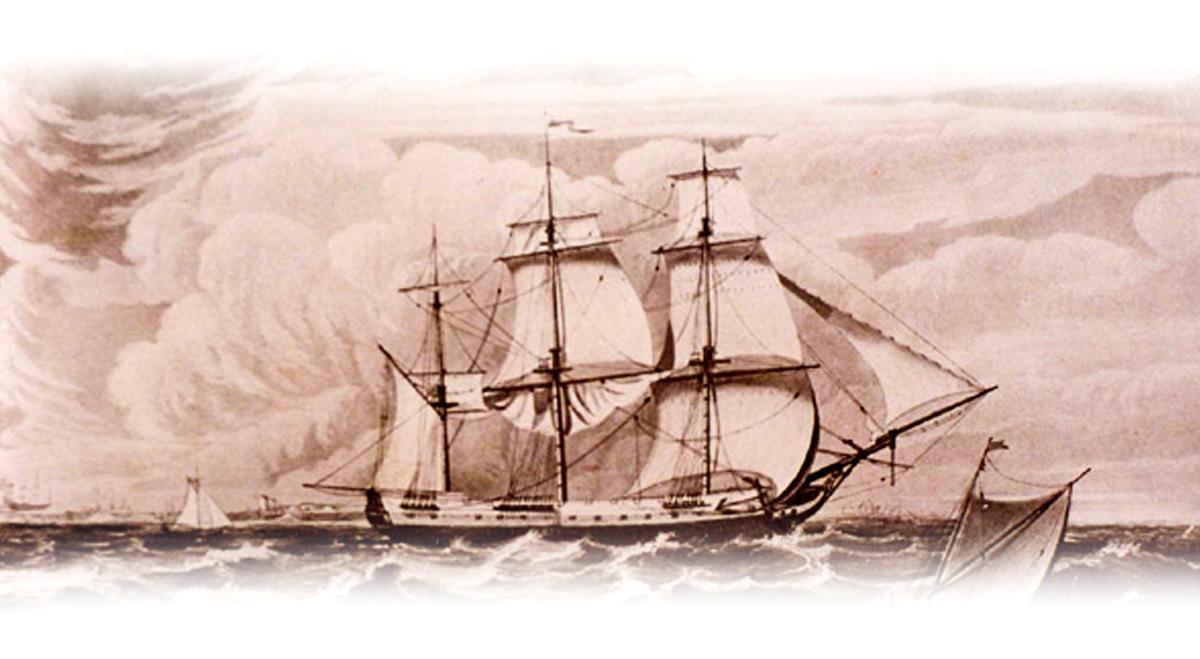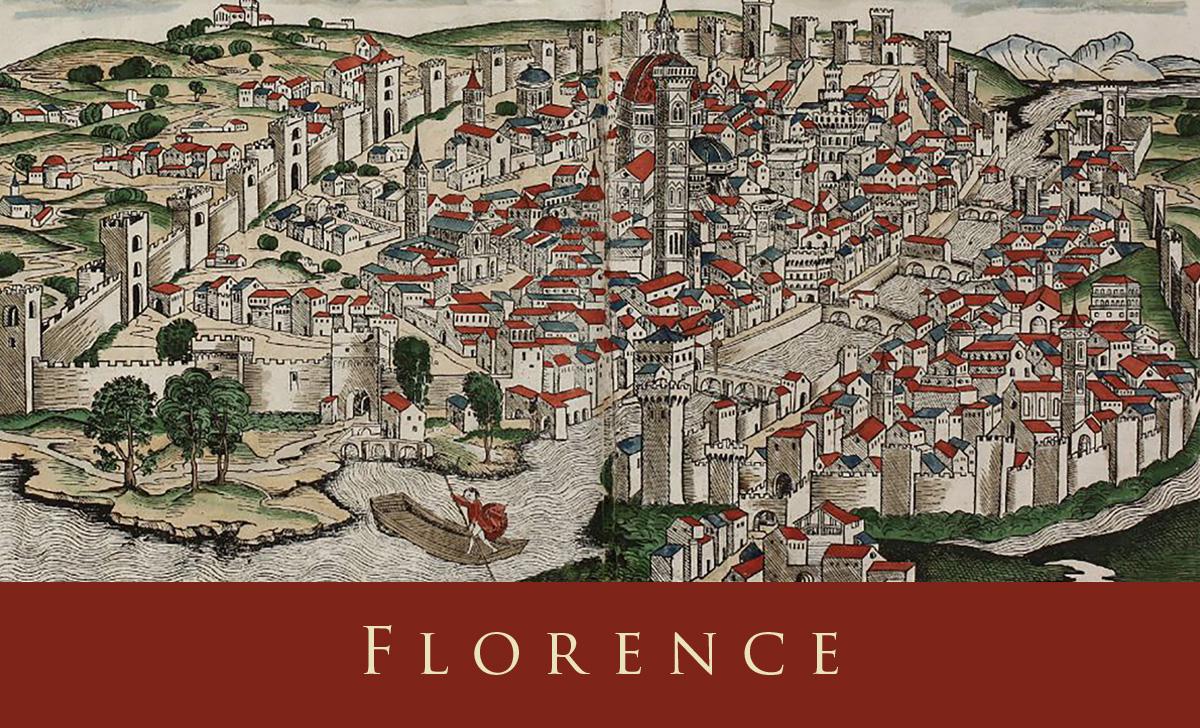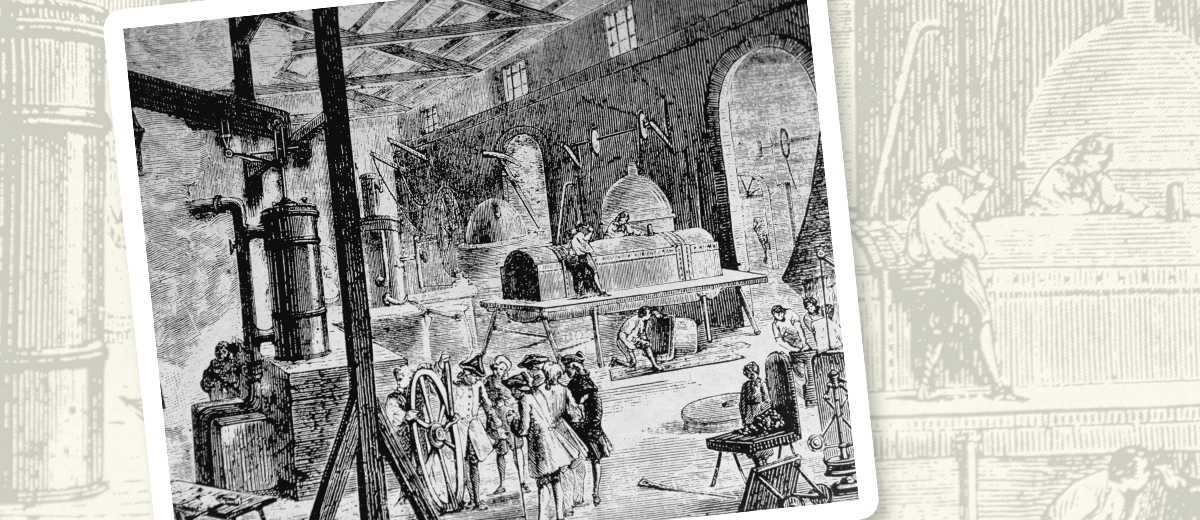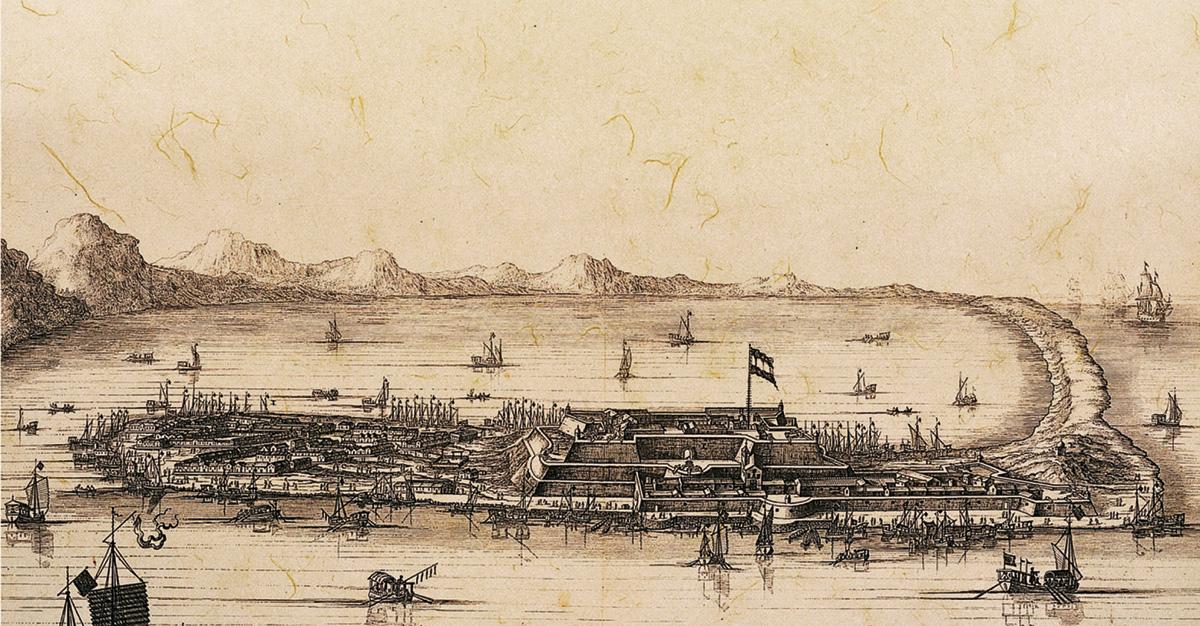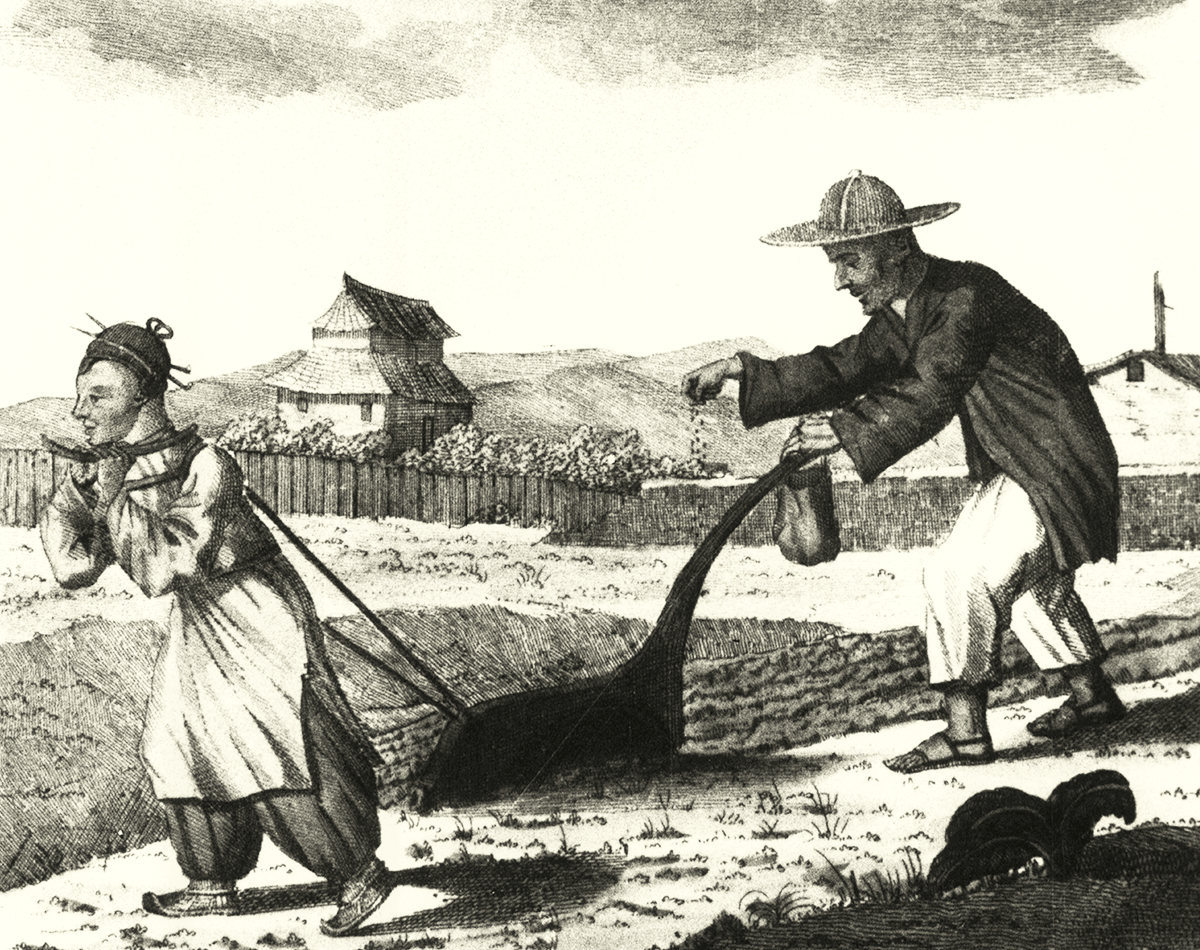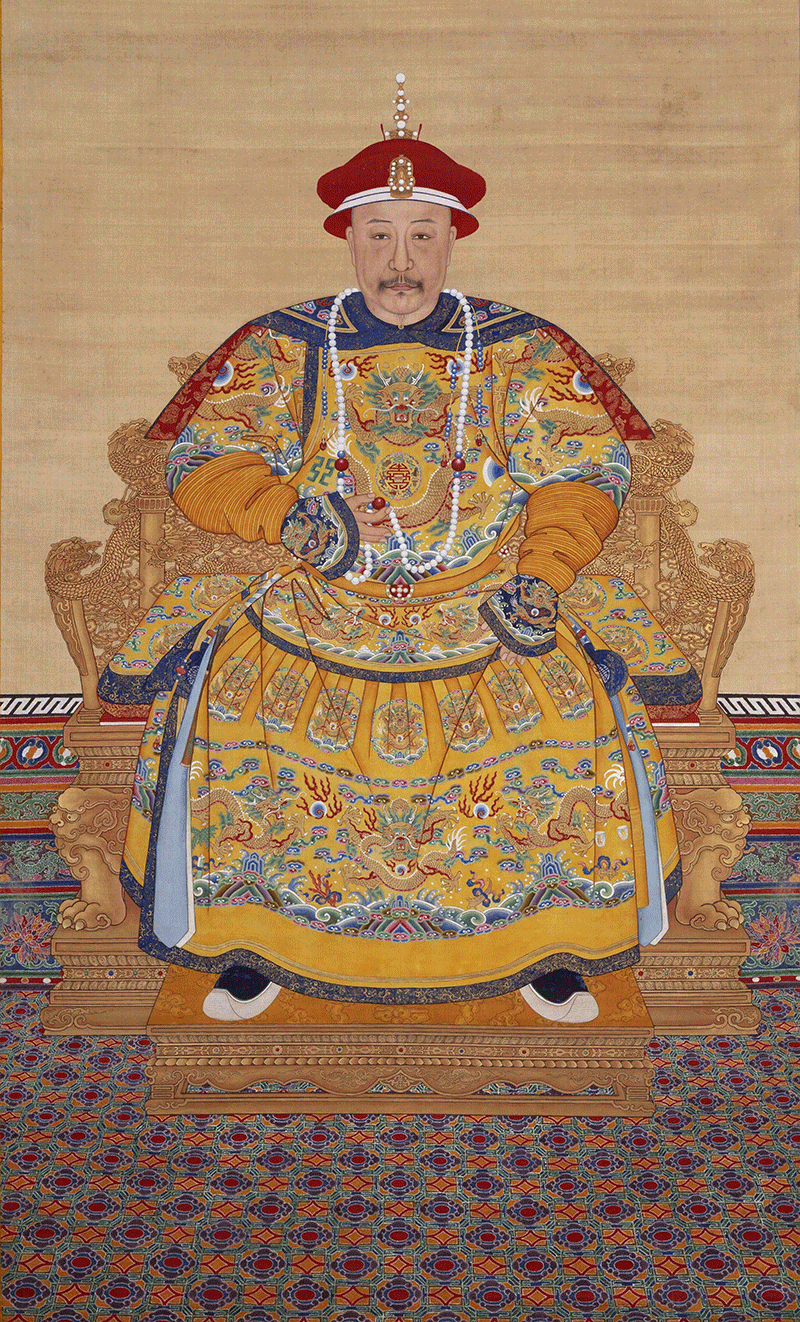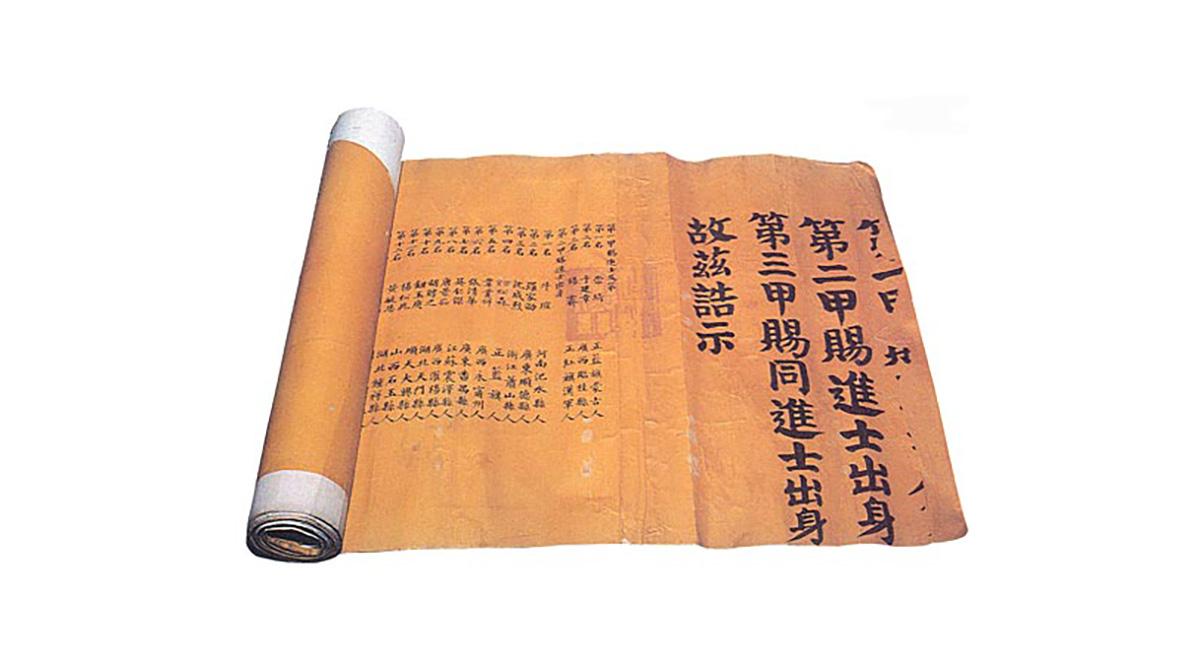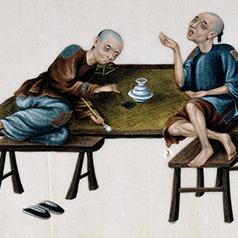The Opium War in 1840 between China and Britain marks a new era of modern Chinese history. In historical terms, modernization refers to a stage of advancement in civilization. Economically, it means a transition from manual labor to machinery. In the West, it began in the mid-18th century with the Industrial Revolution and the rise of capitalism. China remained relatively closed to outside influence until it lost the Opium War during the early 1840s. The young Republic of China, following the fall of the Qing dynasty, was plagued by turmoil, and failed to modernize. Only with the new government that emerged in 1949 was the way paved for industrialization.
Europe, on the other hand, had begun its voyage towards ‘modernity’ in the 15th century. States transitioned from feudal in the Middle Ages to mercantilist through the Renaissance, the Protestant Reformation and the Age of Enlightenment. European countries explored and expanded, becoming colonial masters in the process. After years of upheaval (e.g. the Dutch War of Independence, the English 1688 Glorious Revolution, the United States’ War of Independence and the French Revolution), European powers including Portugal, Spain, Britain, France, the Netherlands, along with the United States, became world leaders in the age of laissez-faire and capitalism fueled by the Industrial Revolution. In comparison during the Qing dynasty between 1644 and 1912, China remained a country of peasants, and was in no position to defend itself against foreign powers and their military might.
“Modern China only came about yesterday, and it is everything of our lives. The historic journey is something we need to think about deeply.” – Historian Chen Xulu (陳旭麓)
|
|
Despite a tradition of historiography by dynasty, why is 1840 considered the beginning of modern Chinese history when it was still within the Qing dynasty? |
|
|
See answer below. |
Navigation is a mark of Western civilization and progress. Sailing on iconic vessels known as barques, Europeans ventured around the world, expanding their commercial empires and establishing colonies. Without modernization of its naval power, China therefore became vulnerable to naval attacks. The picture shows the British merchant ship Britannia.
The Renaissance is a symbol of early modern Europe beginning in the 15th century with an emphasis on humanism and greater freedom of thought. Pictured is the city of Florence, Italy, a metropolis of the Renaissance.
The drawing depicts a British factory during the Victorian era in the 19th century. The Industrial Revolution began in mid-18th century Britain and propelled the West towards rapid advancement in economics, science and technology.
The French philosopher Voltaire and other intellectuals sparked an European movement of knowledge and reasoning during the Age of Enlightenment in the 17th and 18th centuries, replacing religious and political dogma.
The French Revolution began in 1789 and prompted the spread of belief in liberty and democracy, accelerating the process of creativity and advancement in Western societies. The Bastille, a notorious prison, pictured under attack during the French Revolution.
The Dutch East India Company built Fort Zeelandia on the island of Taiwan in the 1620s during the Ming dynasty when the Portuguese and Dutch respectively colonized Macau and parts of Taiwan. From mid-17th century to late-18th century, China, under the rule of the Qing government, continued to ignore the expanding empires of the West.
A husband-and-wife team of farmers sowing and working the land with a plough in the late Qing dynasty, illustrated by a Western artist. For thousands of years, Chinese farmers practiced subsistence farming. China’s peasant economy left it lagging far behind Western countries that had already begun the industrialization process.
The sketch of Emperor Qianlong (乾隆) on a horse portrays a proud nation despite a growing crisis. Despite his self-proclaimed “ten military campaigns” to expand the empire and quell rebellion during his reign (1736-1795), he remained profoundly unaware of the changing world.
During the reign of Emperor Jiaqing (嘉慶, 1796-1820), despite attempts to eradicate corruption by prosecuting high-ranking officials including the notorious Heshen (和珅), it was impossible to reverse the course of decline.
The pictured jin bang (golden scroll) was used to announce the results of court examinations held under the imperial civil service examination system in the Qing dynasty. The imperial civil service examination system was in large part to blame for the Chinese intelligentsia being increasingly outpaced by their Western counterparts in their breadth of knowledge, a failing that would cost China dearly.
For over a millennium, the imperial civil service examinations had been used in China as a system for selecting candidates for the state bureaucracy. During the Ming and Qing dynasties, examination candidates were evaluated for their skill in composing baguwen (a stilted and highly formalized essay format ) on the Four Books and Five Classics of Confucian literature. China’s entire education system revolved around the imperial civil service examination, and obtaining an official post via the examinations became life’s sole goal for most members of the intelligentsia. Scientific knowledge and professional expertise such as industry and business management, despite being vital for social progress, were long neglected. The snubbing of non-civil service examination-related knowledge closed the Chinese intellectuals’ minds to new ideas, and left them looking increasingly ignorant next to their Western counterparts as the latter gained knowledge in leaps and bounds.
|
|
Despite a tradition of historiography by dynasty, why is 1840 considered the beginning of modern Chinese history when it was still within the Qing dynasty? |
|
|
The year 1840 signifies a watershed, beginning with the Opium War with Britain and the subsequent Treaty of Nanking. China’s sovereignty began to recede as it lost substantial territory to foreign powers and became a semi-colonial state. This was in stark contrast to the early part of the Qing dynasty. The chaotic situation in China continued until a new Chinese government was formed in 1949, which marked a turning point for the country to regain independence and to start industrialization. |
Source of most photos used in this feature piece: Visual China Group (pictures 3, 4, 7, 9), misc. photo sources.





